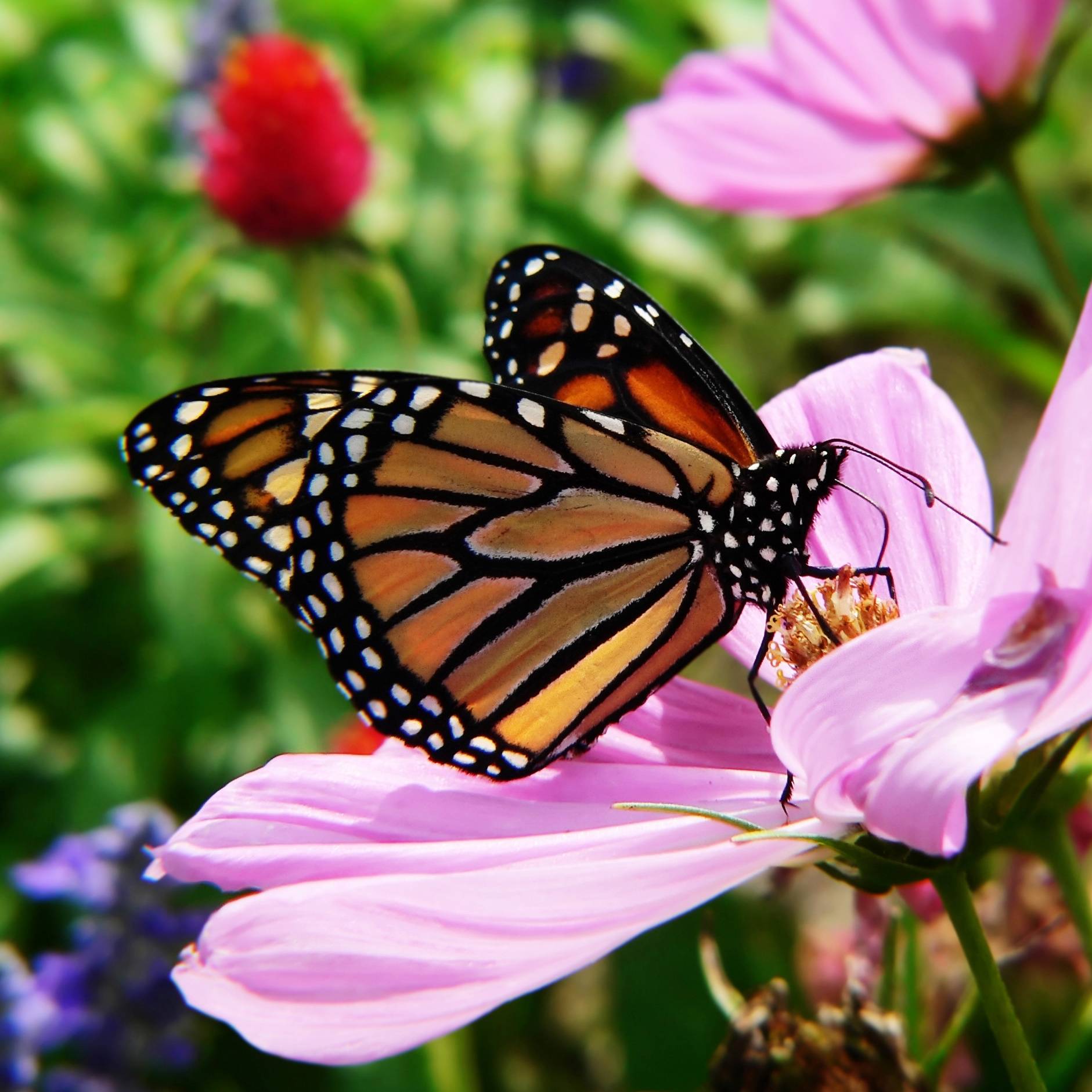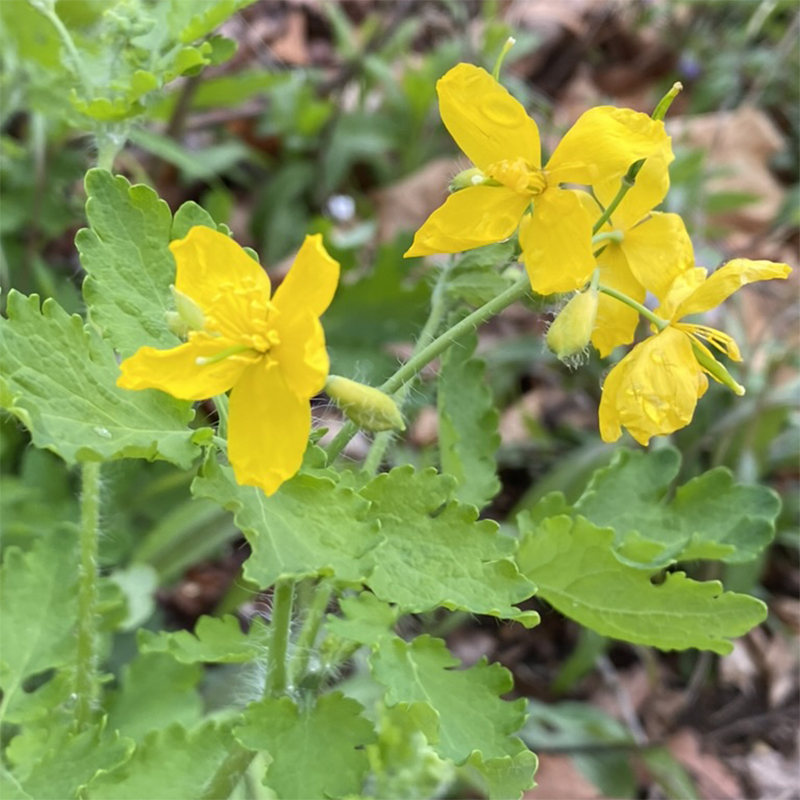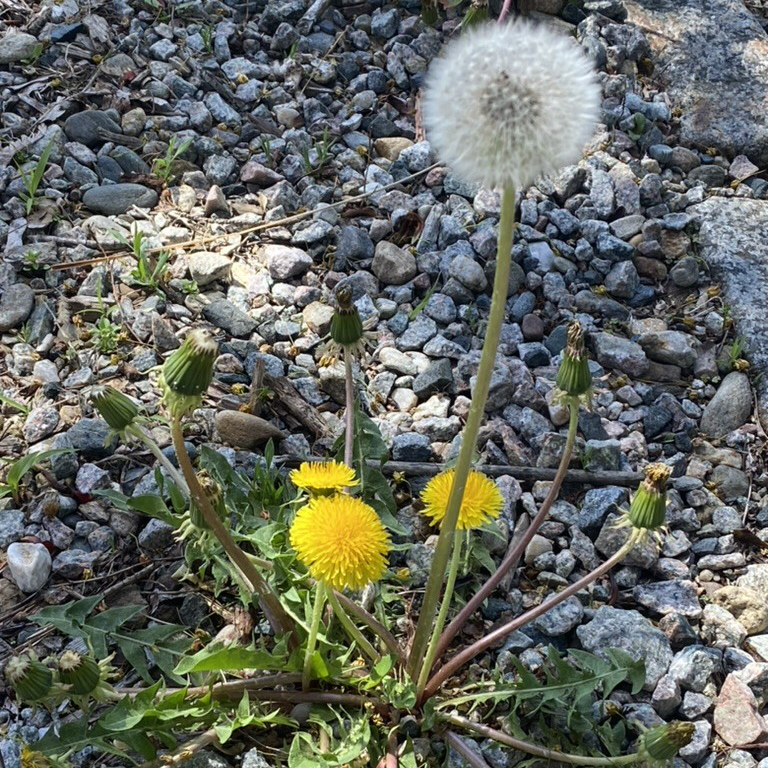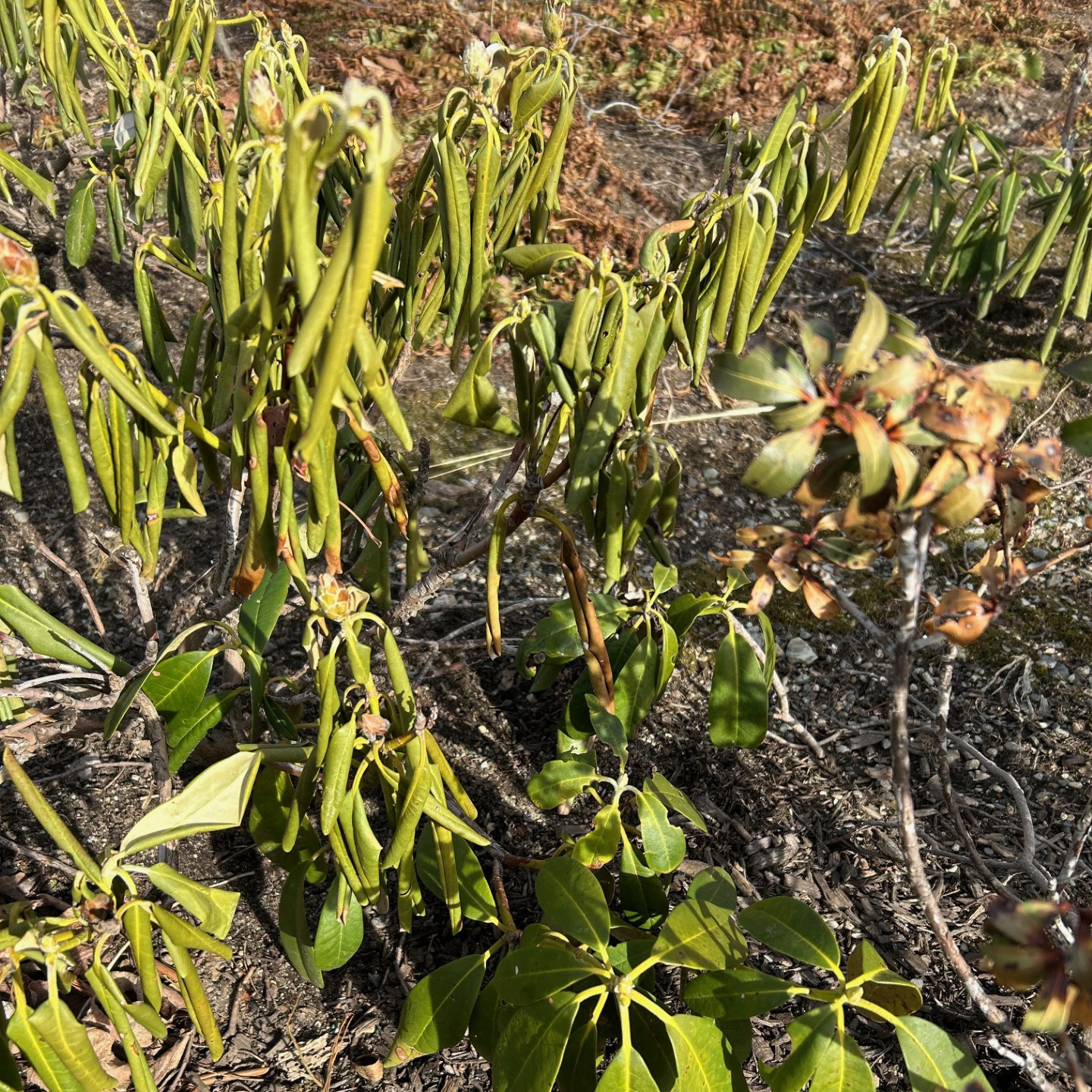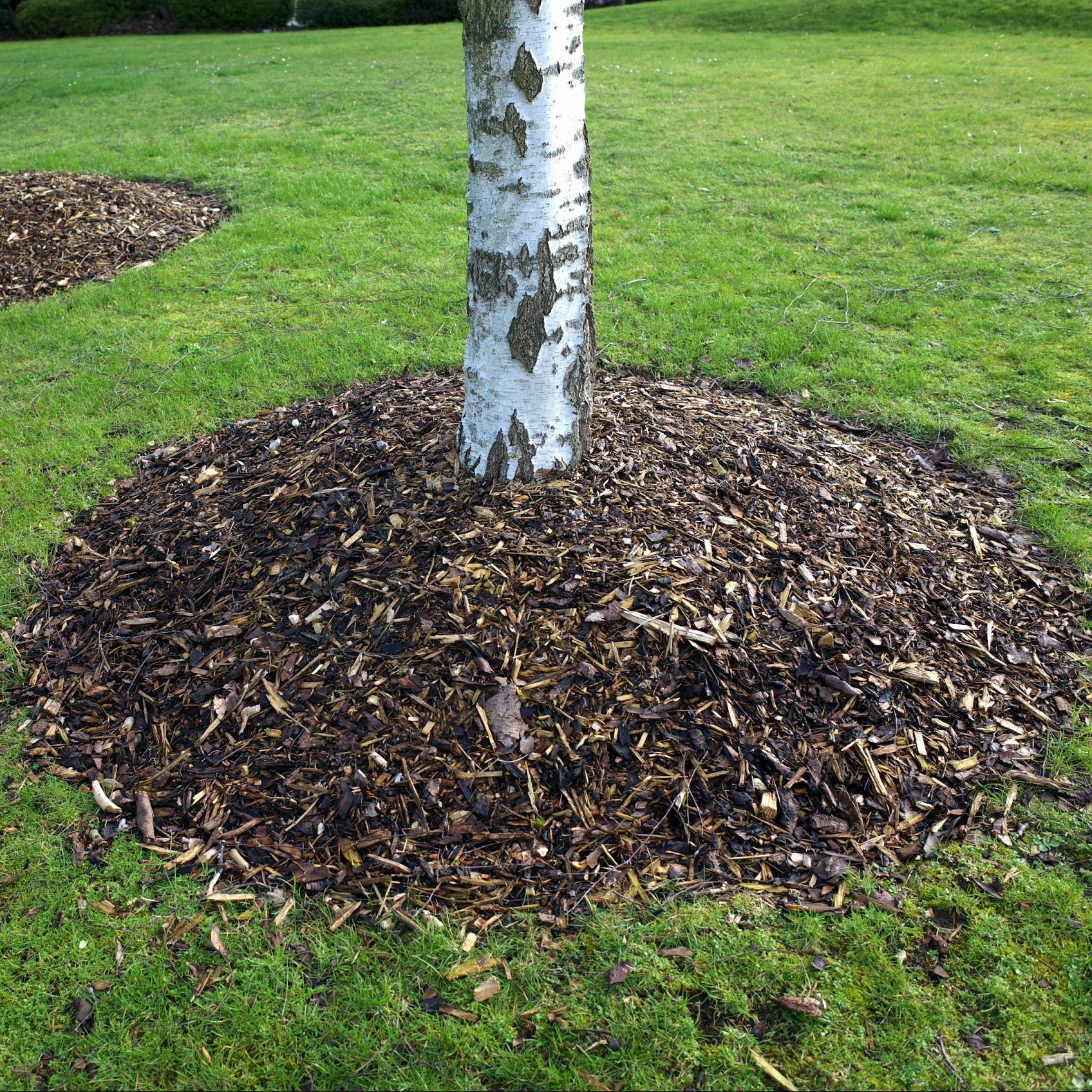
Many homeowners are currently restricted from leaving home, and as a consequence, garden centers are seeing an upsurge in people paying more attention to their yards and gardens. The family home is generally considered a most valuable asset, so investing in making it more enjoyable makes a lot of sense, particularly since spending increased time here seems likely. Unfortunately, many homeowners lack horticultural expertise, so projects like these can be unfamiliar endeavors.
Most every garden and landscape utilizes mulch around plants, and rightfully so: mulch helps retain soil moisture, reduces weed germination, helps prevent water runoff/erosion, moderates soil temperature fluctuations, protects plants from lawnmower/string-trimmer injury and of course, it looks attractive. Properly applied, many mulches can last for years, even though some homeowners prefer to refresh each year.
Homeowners can choose from a wide variety of mulch types and colors, depending upon the appearance desired. Whatever mulch is used, it should be 2-3 inches deep, extend to the drip-line of the tree or shrub, and not come in contact with the bark of the plant.
Regrettably, some mulch users seem to believe that “more is better”; all too often we see excessive mulch piled much too deeply and mounded-up around the base of trees and shrubs: this what can be referred to as “the mulch volcano”.
Here’s why this excessive mulching is detrimental:
· Bark of trees and shrubs needs to be in contact with the air to stay healthy;
· A plant’s buried root crown eliminates proper air exchange;
· Excessive mulch can encourage rot and insect/pathogen damage to the covered bark;
· Mulch piled against the trunk of a tree/shrub can stimulate undesirable adventitious roots;
· Mounded-up mulch dries out quickly and can actually shed water the plant needs;
· And using too much mulch is an unnecessarily expense!
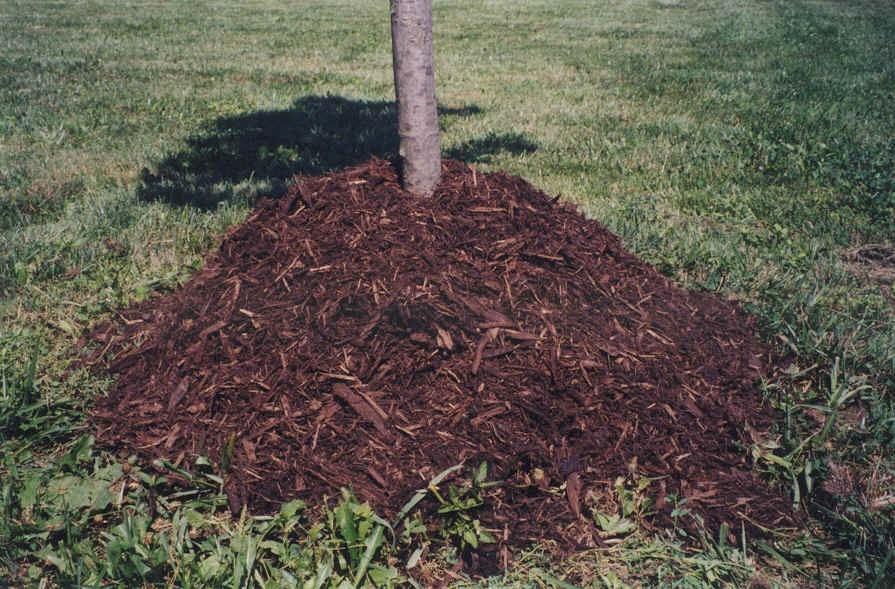
If you have a mulch volcano, removing it should be a priority for the health of your tree, and it’s easy to do. Pull-back the excessive mulch until you can see the plant’s root flare—that’s where the top of its root system enters the ground. Taper-down the mulch to this level gradually, leaving no more than 2-3 inches of mulch under the plant, and the root crown exposed. You can recycle any extra mulch on other planting areas.
And later, when you want to renew the mulch, pull-back the older mulch and add a thinner layer of new mulch to assure the level continues to be maintained at the proper depth.
About the Author
Wayne Mezitt is a 3rd generation nurseryman, a Massachusetts Certified Horticulturist, now chairman of Weston Nurseries of Hopkinton, Chelmsford & Hingham MA, and owner of “Hort-Sense”, a horticultural advisory business. He currently serves in various capacities on several horticulturally-related organizations, including the Massachusetts Horticultural Society at The Gardens at Elm Bank in Wellesley MA, and chairman for the Massachusetts Invasive Plant Advisory Group (MIPAG)


